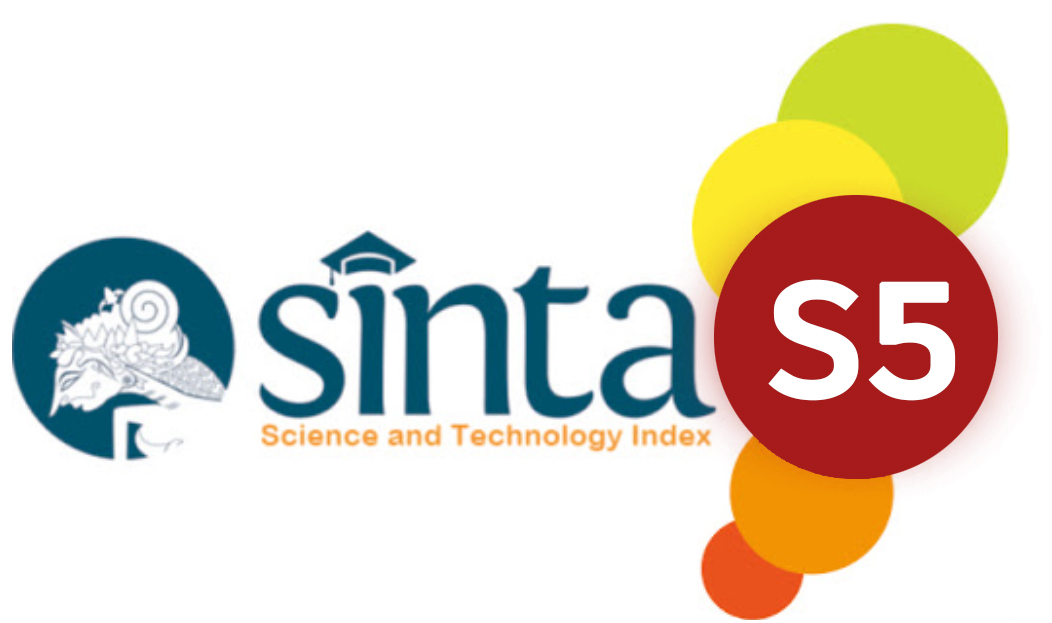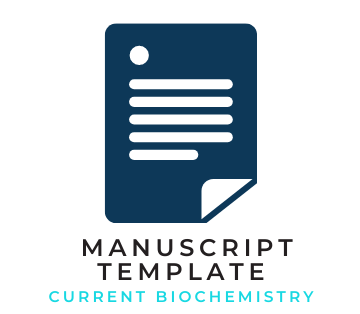INHIBISI ENZIM α-GLUKOSIDASE OLEH SENYAWA FLAVONOID DAUN KELOR (Moringa oleifera) IN SILICO DAN IN VITRO
Abstract
Moringa leaves flavonoid have potential to inhibit α-glucosidase but they have low bioavailability, so they are made in nanoparticles. It is also not known which specific flavonoid compounds from Moringa leaves have the potential to inhibit α-glucosidase. This research aimed to determine the inhibition potential of α-glucosidase by the moringa leaves flavonoid in silico through molecular docking and determine the inhibitory activity of α-glucosidase by moringa leaves flavonoid in extracts and nanoparticles in vitro. Moringa leaves flavonoid have potential to be a competitive inhibiton of α-glucosidase with the highest to lowest inhibitory potential are cryptochlorogenic acid, quercetin-3-O-beta-D-glucopyranoside, quercetin-3-glucoside, kaempferol-3-O-a-ramnoside, kaempferol-3-O-glucoside, epicathechins, catechins, quercetin, kaempferol, glucomoringin isothiocyanate. Cryptochlorogenic acid has the best potential with ΔG and Ki values -8.5 kcal/mol and 0.5788 μM. Inhibition α-glucosidase moringa leaves flavonoid in extract and nanoparticles respectively are classified as inactive (IC 50 = 5.84x10 3 ppm) and active (IC 50 = 1.59x10 1 ppm) in vitro, so nanoparticles can increase the inhibitory activity.
Copyright (c) 2024 Puspa Julistia Puspita, Shobiroh Nuur Alimah, Laksmi Ambarsari, Riksa Nur Wahyuni

This work is licensed under a Creative Commons Attribution-ShareAlike 4.0 International License.












